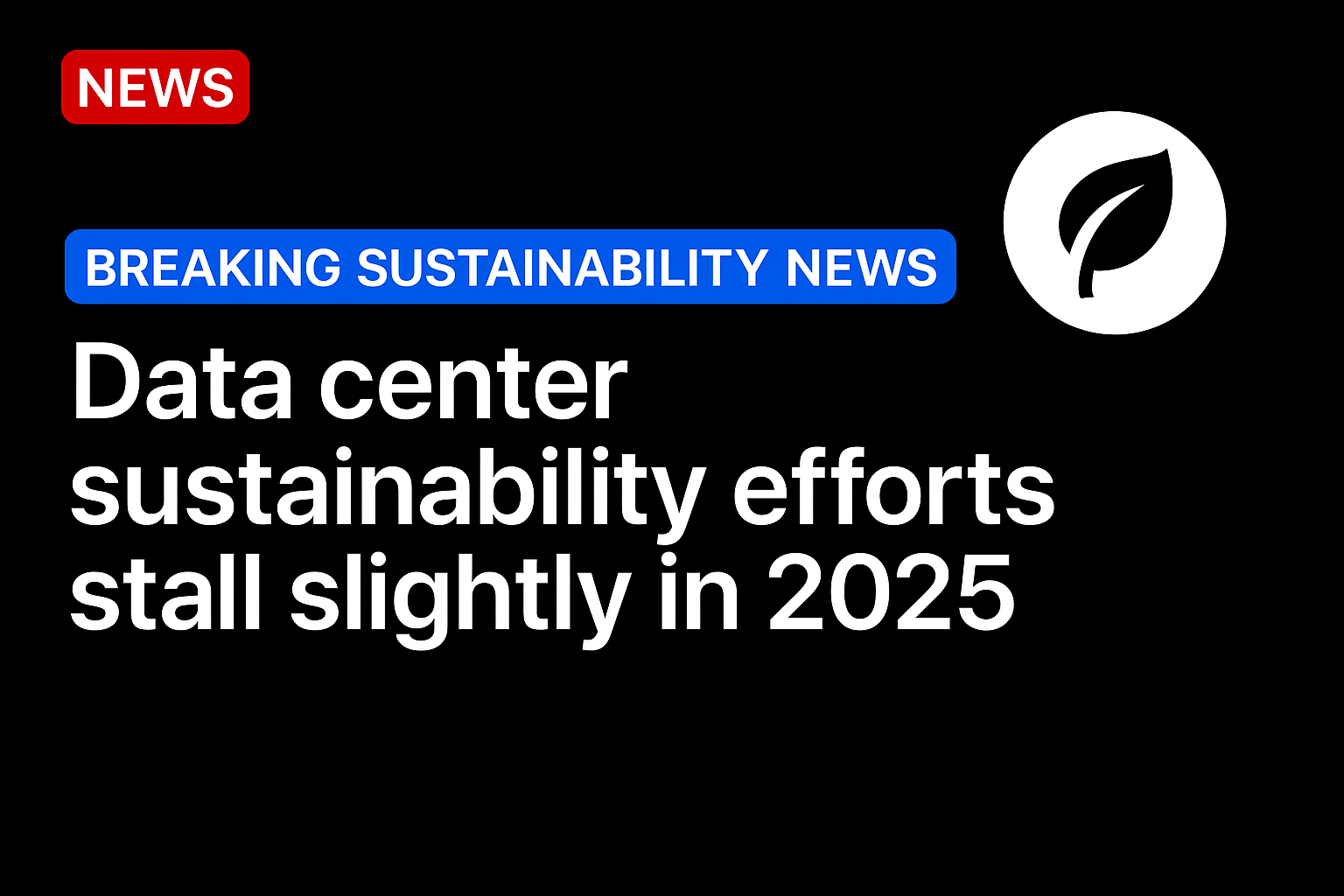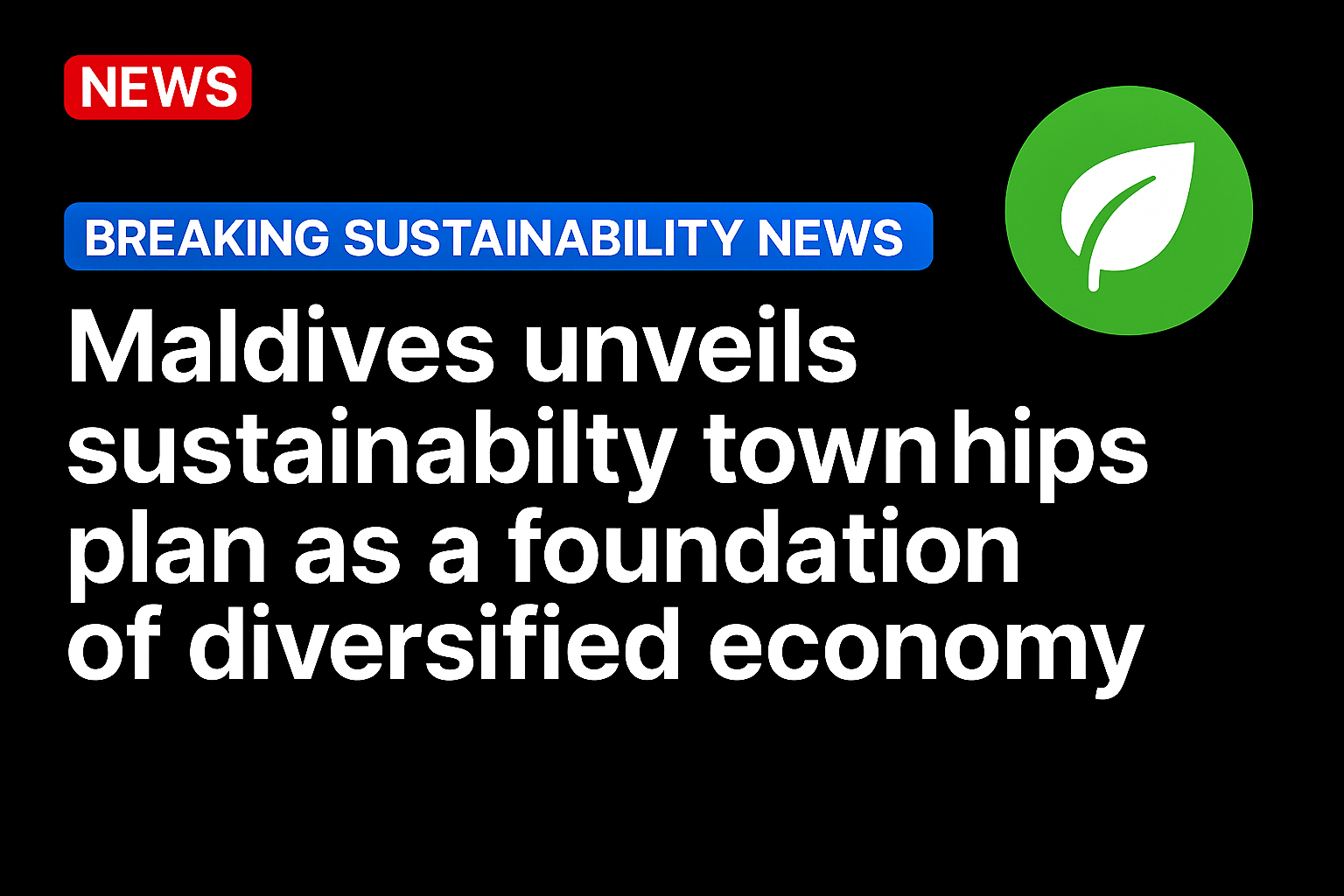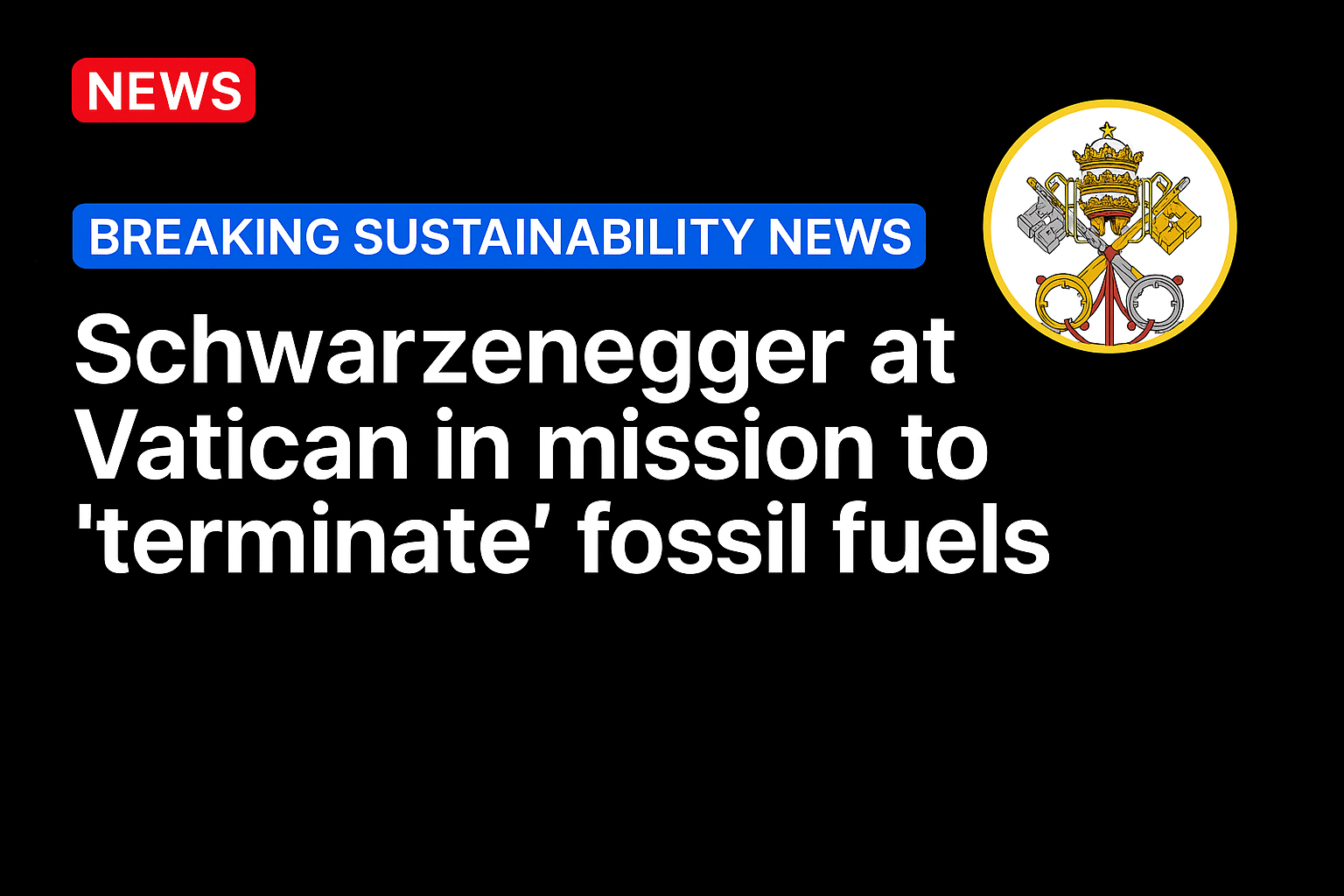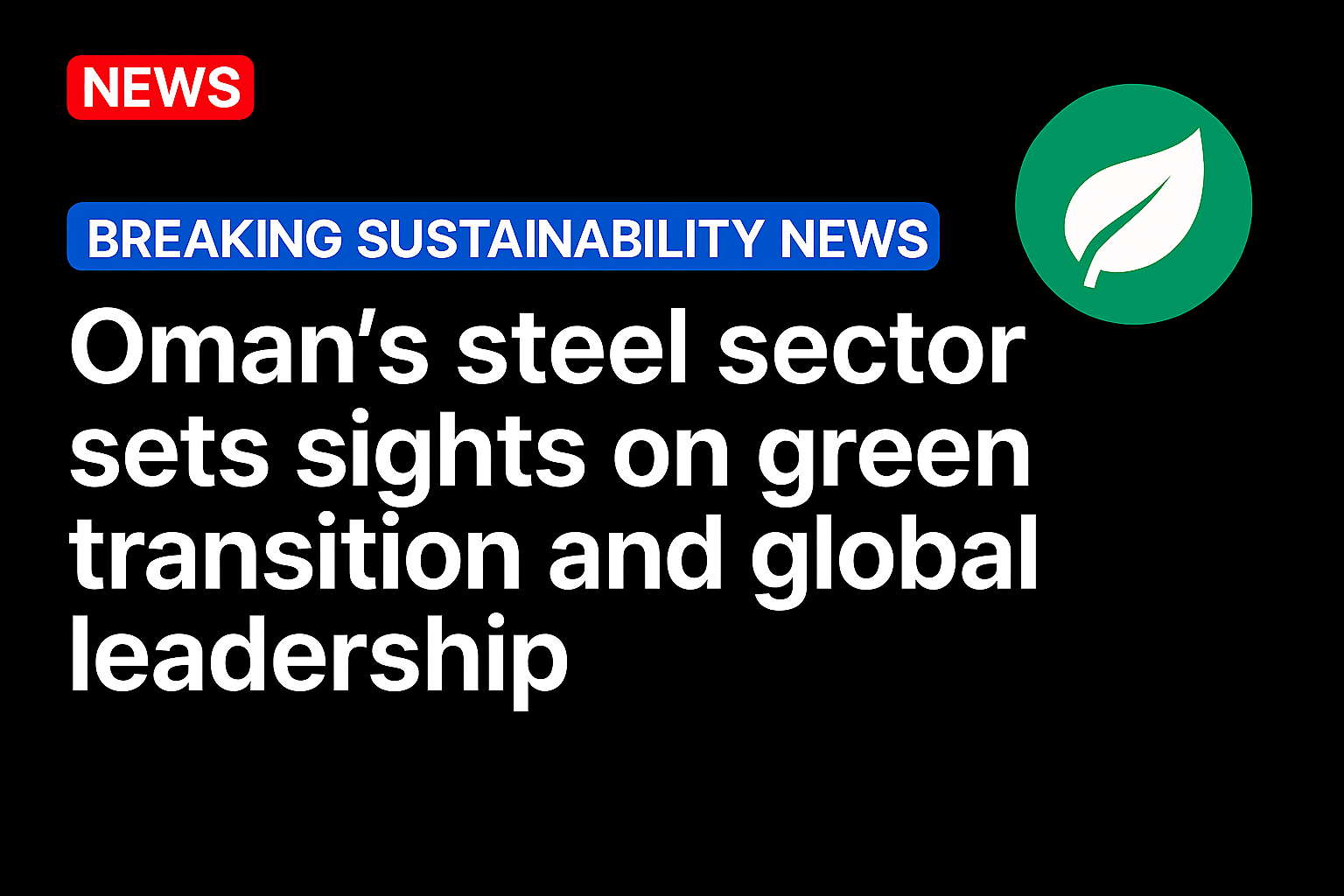Uptime Institute’s latest research shows that energy efficiency and environmental efforts are slowing as AI growth, regulatory uncertainty, and legacy infrastructure create new obstacles.

Data center operators reported limited advances—and even some declines—in energy efficiency, carbon tracking, and water usage due in part to rising power demand and easing regulatory pressure in some regions, according to the recently released results of the Uptime Institute’s 15th Annual Global Data Center Survey 2025.
As artificial intelligence workloads continue to grow and legacy data centers remain operational, sustainability initiatives have stalled, according to the Uptime Institute, which attributes this in part to reporting challenges. Uptime Institute’s 2025 data center survey was conducted online from April 2025 to May 2025 and collected responses from more than 800 data center owners and operators and more than 1,000 vendors and consultants.
“What’s interesting this year is that we have seen a far from startling increase over the last few years of the data being collected, but this year it actually fell. And this obviously led to some speculation that there is a backing off of sustainability, and that it is no longer a high priority,” said Andy Lawrence, executive director of research at Uptime Institute, during a webinar sharing the survey results. “I think that the data center industry has not yet adapted to being very good at sustainability reporting.”
This year’s survey revealed that average Power Usage Effectiveness (PUE) levels show little change for the sixth consecutive year. It also found that average server rack power densities continue to rise, with greater adoption of racks in the 10-30 kW range and few facilities exceeding 30 kW. The demand for power and cooling infrastructure is climbing while many organizations are still in early stages of AI adoption, according to the survey.
Uptime Institute’s most recent survey also found that the collection and reporting of sustainability metrics have not improved in 2025, “which is likely due in part to commercial pressures to support AI and easing regulatory pressures in some regions.” When asked which IT or data center metrics organizations collect for sustainability purposes, respondents in 2025 showed very little growth—and in some cases decline—with their responses.
- IT or data center consumption: 89% in 2024; 84% in 2025
- Power usage effectiveness (PUE): 76% in 2024; 74% in 2025
- Server virtualization: 41% in 2024; 37% in 2025
- Water usage: 43% in 2024; 27% in 2025
- Renewable energy consumption: 41% in 2024; 42% in 2025
- eWaste or equipment lifecycle: 31% in 2024; 32% in 2025
- Scope 1 carbon emissions: 36% in 2024; 33% in 2025
- Scope 2 carbon emissions: 27% in 2024; 26% in 2025
- Scope 3 carbon emissions: 18% in 2024; 18% in 2025
“We think what’s probably happening here is that the focus on AI and other important investments and strategic imperatives probably has distracted some attention. We also think that a few organizations are starting to not trust their data so much and having another look. There is a sense that some of the more ambitious targets that were announced are not going to be attainable,” Lawrence explained. Uptime warns that without efficiency breakthroughs or widespread adoption of liquid cooling and other advanced systems, the growth of AI infrastructure could negatively impact recent gains in sustainability.
“Practical considerations may be a stronger obstacle to data collection. Large expansion projects, such as AI data centers in development or recently commissioned, have high resource consumption. This makes sustainability goals more challenging to achieve and reduces operators’ appetite for collecting and reporting the data,” the report reads.
Source: https://www.networkworld.com/




